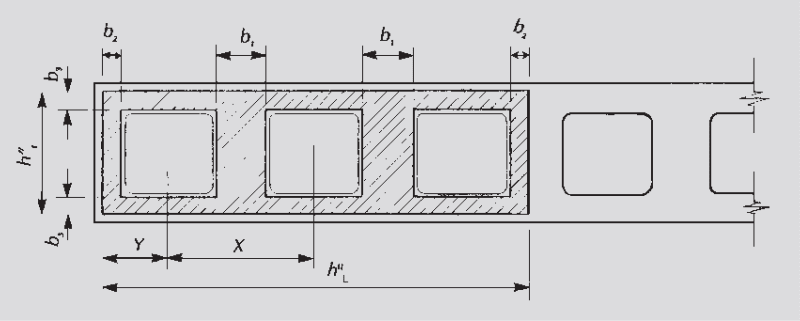CRQUT
Structural
- Nov 17, 2010
- 19
Hi,
For multistorey buildings I was taught to design the cores and nominated shear walls (if needed in addition to the core/s) to take the lateral EQ load. This approach is no longer valid. There is plenty of threads on here to explain why (special shout out to Rapt for his input to those and all threads related to AS3600-2018).
My question is:
Is it possible to design a multistorey building to NCC 2019, governed by EQ, constructed with reinforced masonry (ie 190 block) that is taller than 15m and has a mu = more than 1.0.
I am just trying to gauge what the general consensus is among peers and industry so thank you in advance for any long or one word answer replies.
I should mention I appreciate the NCC requires ties and AS3700 assumes vertical bars can be restrained by an annulus of grout.
I also appreciate the many many mulltistorey buildings that have been built using blockwork (which are yet to see their design load..).
thanks,
CRQUT
For multistorey buildings I was taught to design the cores and nominated shear walls (if needed in addition to the core/s) to take the lateral EQ load. This approach is no longer valid. There is plenty of threads on here to explain why (special shout out to Rapt for his input to those and all threads related to AS3600-2018).
My question is:
Is it possible to design a multistorey building to NCC 2019, governed by EQ, constructed with reinforced masonry (ie 190 block) that is taller than 15m and has a mu = more than 1.0.
I am just trying to gauge what the general consensus is among peers and industry so thank you in advance for any long or one word answer replies.
I should mention I appreciate the NCC requires ties and AS3700 assumes vertical bars can be restrained by an annulus of grout.
I also appreciate the many many mulltistorey buildings that have been built using blockwork (which are yet to see their design load..).
thanks,
CRQUT

